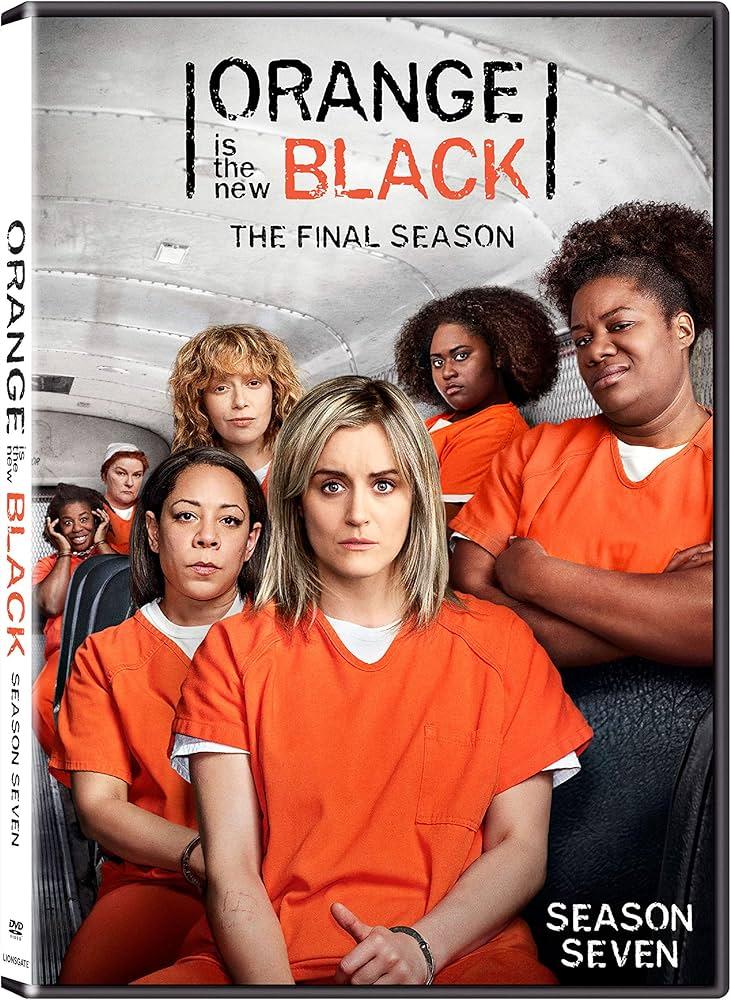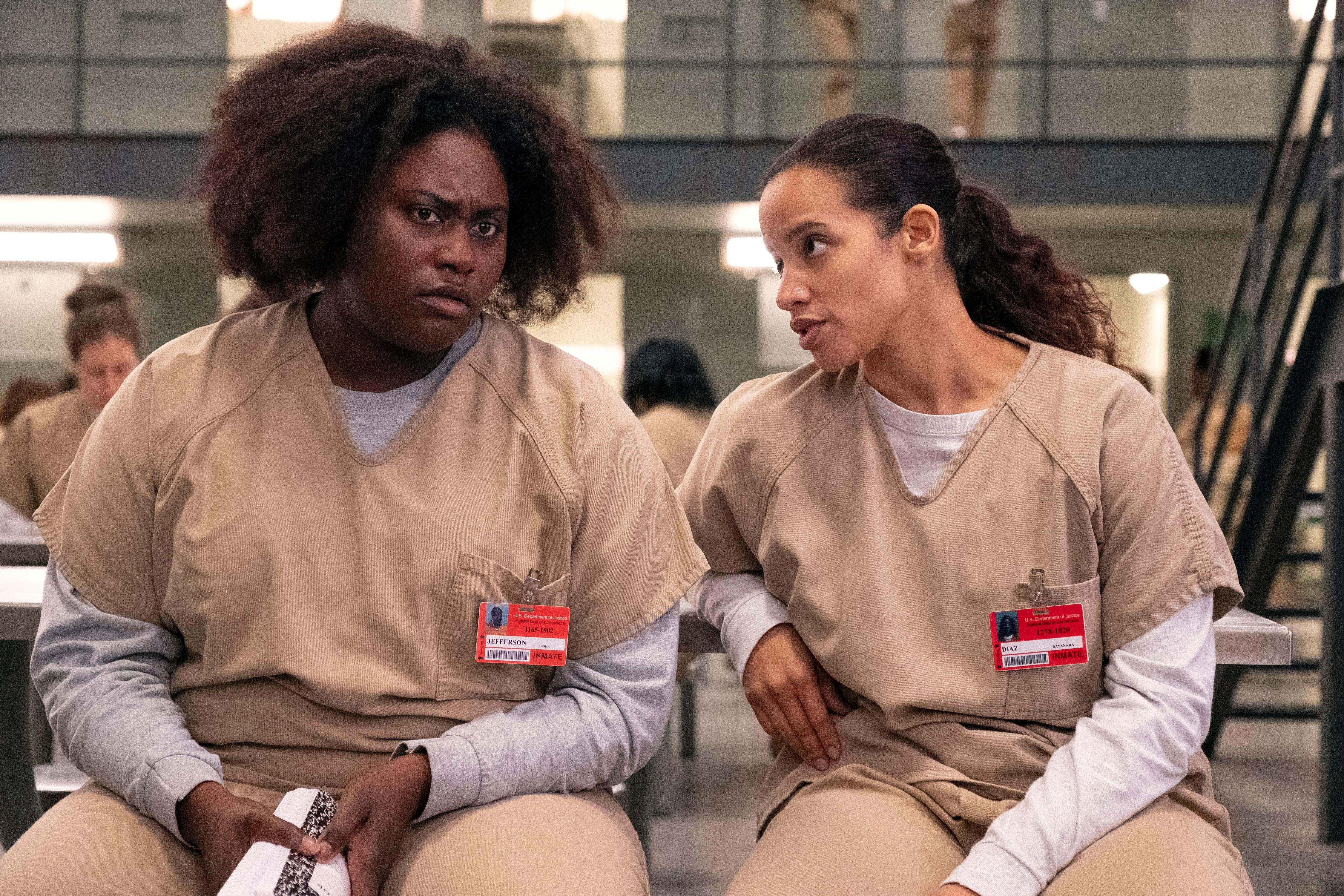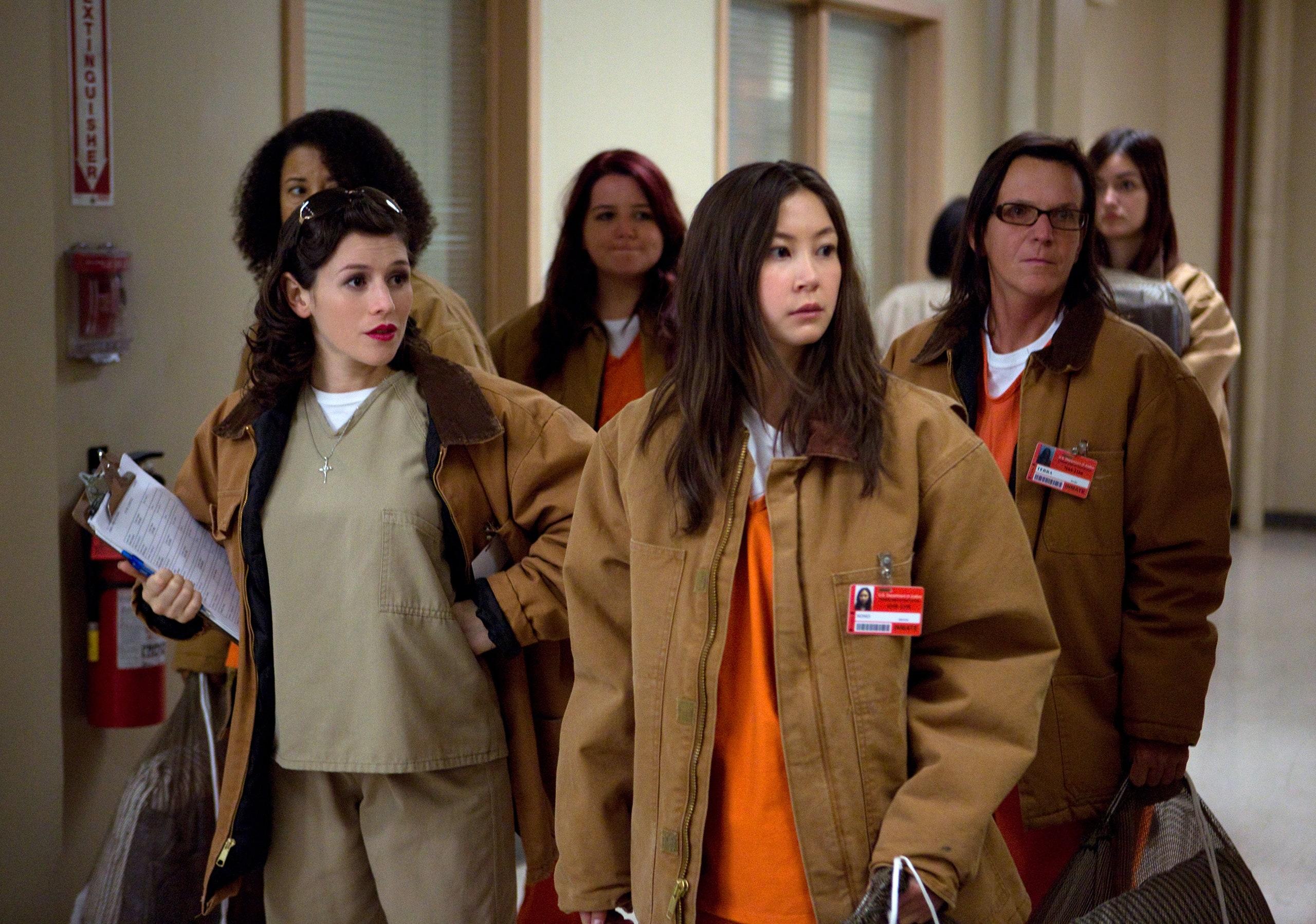In the realm of modern television, few series have sparked as much conversation and controversy as Netflix‘s “Orange Is the New Black.” Lauded for its groundbreaking portrayal of women in prison and its exploration of themes like race, gender, and sexuality, the show has undeniably pushed the boundaries of traditional storytelling. However, as the series gained popularity, a critical question emerged: does “Orange Is the New Black” oversimplify the complexities of the incarceration system? While the show has been praised for bringing issues of prison reform and the humanization of inmates to the forefront of public discourse, it also faces scrutiny for potentially glossing over the intricate and systemic challenges that characterize the real-life prison experience. This article delves into the nuances of this debate, examining whether the series offers a faithful representation of the incarceration system or if it falls prey to dramatization and simplification for the sake of entertainment.
Analyzing the Portrayal of Prison Life in Orange Is the New Black
The series Orange Is the New Black presents a multifaceted portrayal of prison life, yet its depiction often raises questions about accuracy and depth. On one hand, the show has been praised for highlighting issues like overcrowding, racial dynamics, and the struggles of marginalized groups within the prison system. However, it has also faced criticism for potentially trivializing these complexities through dramatization and humor. While the narrative offers a window into the daily lives of inmates, it sometimes simplifies the harsh realities of the incarceration system to fit the show’s storytelling needs.
- Representation of Inmates: The diverse characters bring attention to a variety of backgrounds and experiences, but some argue that the portrayal can lean towards stereotypes, lacking the nuanced representation needed to reflect real-life diversity.
- Institutional Critique: The show touches on systemic issues like corruption and inadequate healthcare. However, these topics are often woven into personal storylines, which can dilute the broader critique of institutional failings.
- Emotional Complexity: While the series successfully humanizes its characters, critics suggest that it sometimes glosses over the psychological impact of incarceration, focusing instead on interpersonal drama.
Ultimately, while Orange Is the New Black brings attention to significant issues within the prison system, its approach is not without its limitations. The balance between entertainment and authenticity remains a topic of debate among viewers and critics alike.

Examining Character Archetypes and Their Impact on Viewer Perception
In “Orange Is the New Black,” the use of character archetypes plays a significant role in shaping viewer perception of the incarceration system. The series leverages familiar archetypes—such as the naive newcomer, the hardened veteran, and the corrupt authority figure—to craft a narrative that is both engaging and accessible. However, this reliance on archetypes can lead to oversimplification, potentially skewing public understanding of the complexities inherent in real-life prison dynamics.
- Naive Newcomer: Often portrayed as the protagonist, this character is used to introduce the audience to the prison environment, yet their perspective can sometimes gloss over the nuanced realities faced by long-term inmates.
- Hardened Veteran: While adding depth and contrast, this archetype risks reducing seasoned inmates to mere survivalists, overlooking their individual stories and potential for change.
- Corrupt Authority Figure: This archetype underscores systemic issues but may inadvertently imply that corruption is the primary cause of dysfunction, rather than a symptom of a more intricate system.
By simplifying these characters into easily digestible roles, the series may inadvertently perpetuate stereotypes, leaving audiences with a skewed perception of what incarceration truly entails. The impact of these archetypes on viewers underscores the importance of critical engagement with media portrayals of complex social issues.

The Role of Humor in Depicting Serious Social Issues
Humor, as a narrative device, serves as both a lens and a veil in examining intricate social issues, particularly in series like Orange Is the New Black. By leveraging comedy, the show navigates the labyrinthine nature of the incarceration system, often exposing its absurdities and ironies. However, this approach raises a critical question: does humor risk trivializing the gravity of such issues? Comedy can be a double-edged sword. While it has the potential to make difficult topics more accessible and engaging, it might also oversimplify or gloss over the complexities and harsh realities faced by those within the system.
- Satirical Elements: The show uses satire to critique systemic injustices, but does it provide enough depth to instigate real understanding?
- Character Development: Characters often embody stereotypes for comedic effect. Does this reinforce misconceptions about inmates?
- Balancing Act: Is the humor a necessary tool for storytelling, or does it dilute the serious undertones of prison life?
These questions highlight the delicate balance between entertaining an audience and educating them about societal issues. The show’s use of humor invites viewers to question their own perceptions, yet it remains a challenge to ensure that the seriousness of the subject matter is not lost amidst the laughter.

Recommendations for a More Nuanced Representation of Incarceration
To foster a more comprehensive understanding of the incarceration system, media representations like “Orange Is the New Black” could benefit from incorporating a wider range of perspectives and experiences. Highlighting diverse narratives beyond the often dramatized and sensationalized stories can offer a more balanced portrayal. This includes focusing on:
- The systemic issues such as racial and economic disparities that contribute to incarceration rates.
- The psychological impact on inmates and their families, exploring mental health challenges and the struggle for rehabilitation.
- The day-to-day realities faced by both inmates and correctional officers, emphasizing the complexities of prison dynamics.
- Post-incarceration challenges, such as reintegration into society and the stigmatization of former inmates.
By embracing these elements, narratives can transcend entertainment to provoke critical thought and foster a deeper dialogue about the multifaceted nature of the incarceration system. Through such nuanced storytelling, audiences are invited to engage with the broader socio-political context that shapes the lives of those within the prison system.
